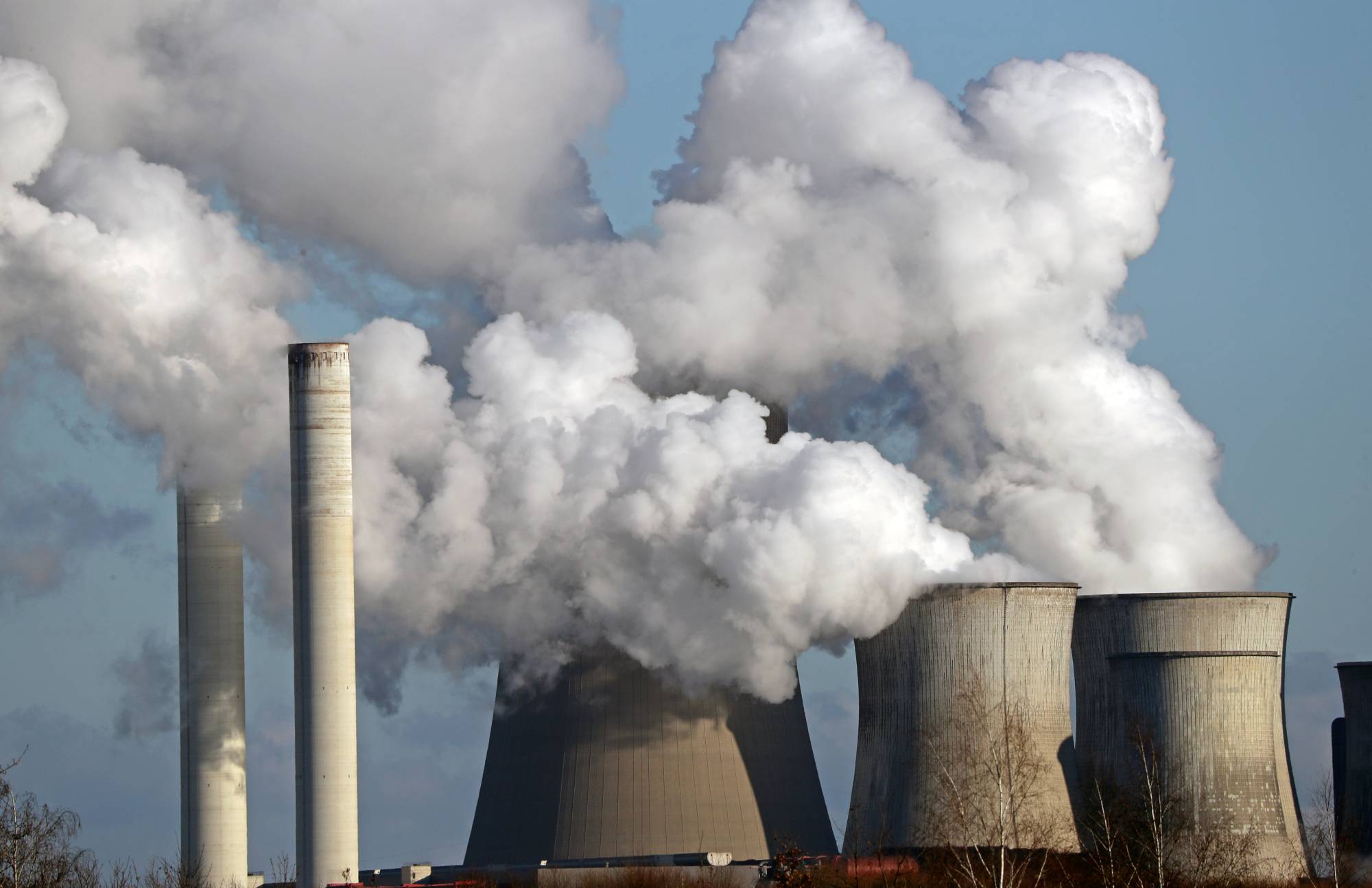In his elegiac memoir, "The World of Yesterday," which he wrote while in exile from the Nazis, the Austrian writer Stefan Zweig observed that most people cannot comprehend the prospect of catastrophic changes in their situation. Things can get incrementally worse for a long time without prompting a reaction. Once catastrophe strikes, it is too late to act.
Dramatic changes are occurring in our times, too, and we must hope that it is not yet too late to address them. Unfortunately, sufficiently urgent, coordinated and decisive action will likely be difficult to mobilize when most of us — like the proverbial slowly boiling frog — perceive change to be incremental. So, it is worth asking what we might be facing if the worst happens.
Climate change-induced weather events are one obvious type of catastrophe. These could render uninhabitable large, densely populated parts of the planet, and it might already be impossible to avert large-scale population movements stemming from them. Many climate victims might seem far away — tiny Tuvalu in the Pacific is frequently portrayed as one of the first likely casualties. But recent weather events point to areas closer to global centers of power — such as Florida, the cities of China’s Yellow River valley, Seattle and New Delhi — either flooding or becoming too hot for humans.



















With your current subscription plan you can comment on stories. However, before writing your first comment, please create a display name in the Profile section of your subscriber account page.